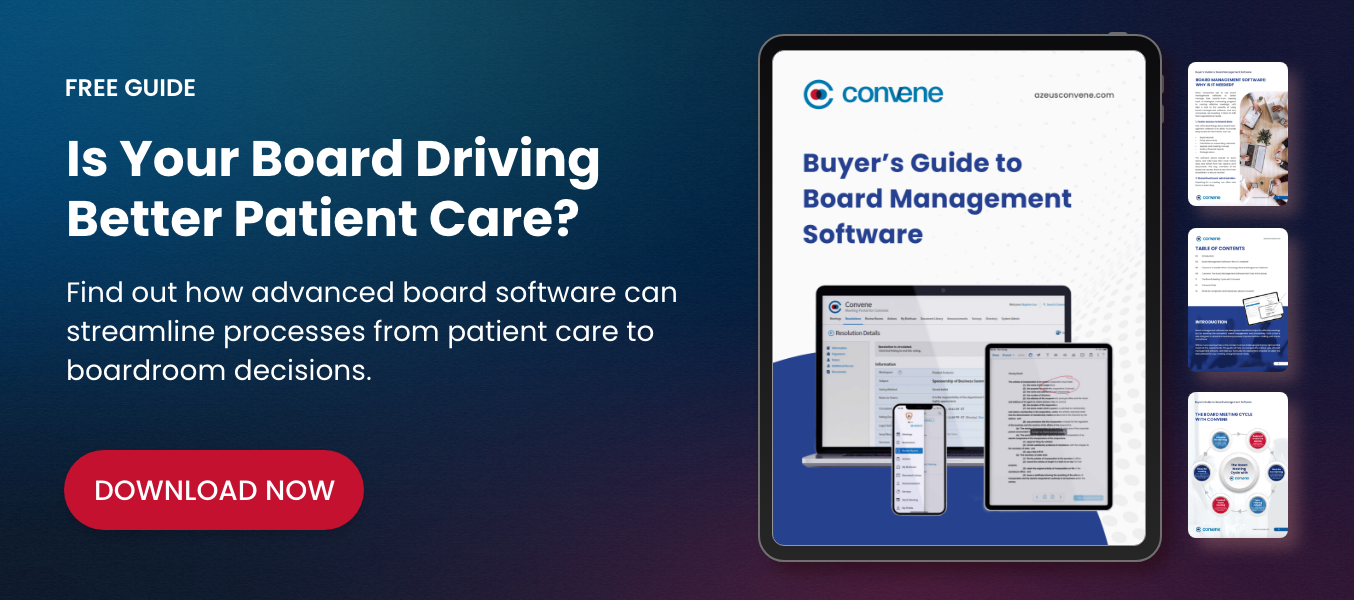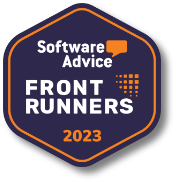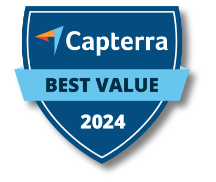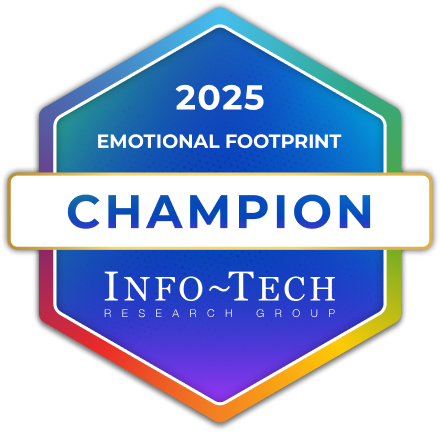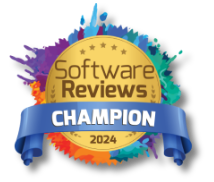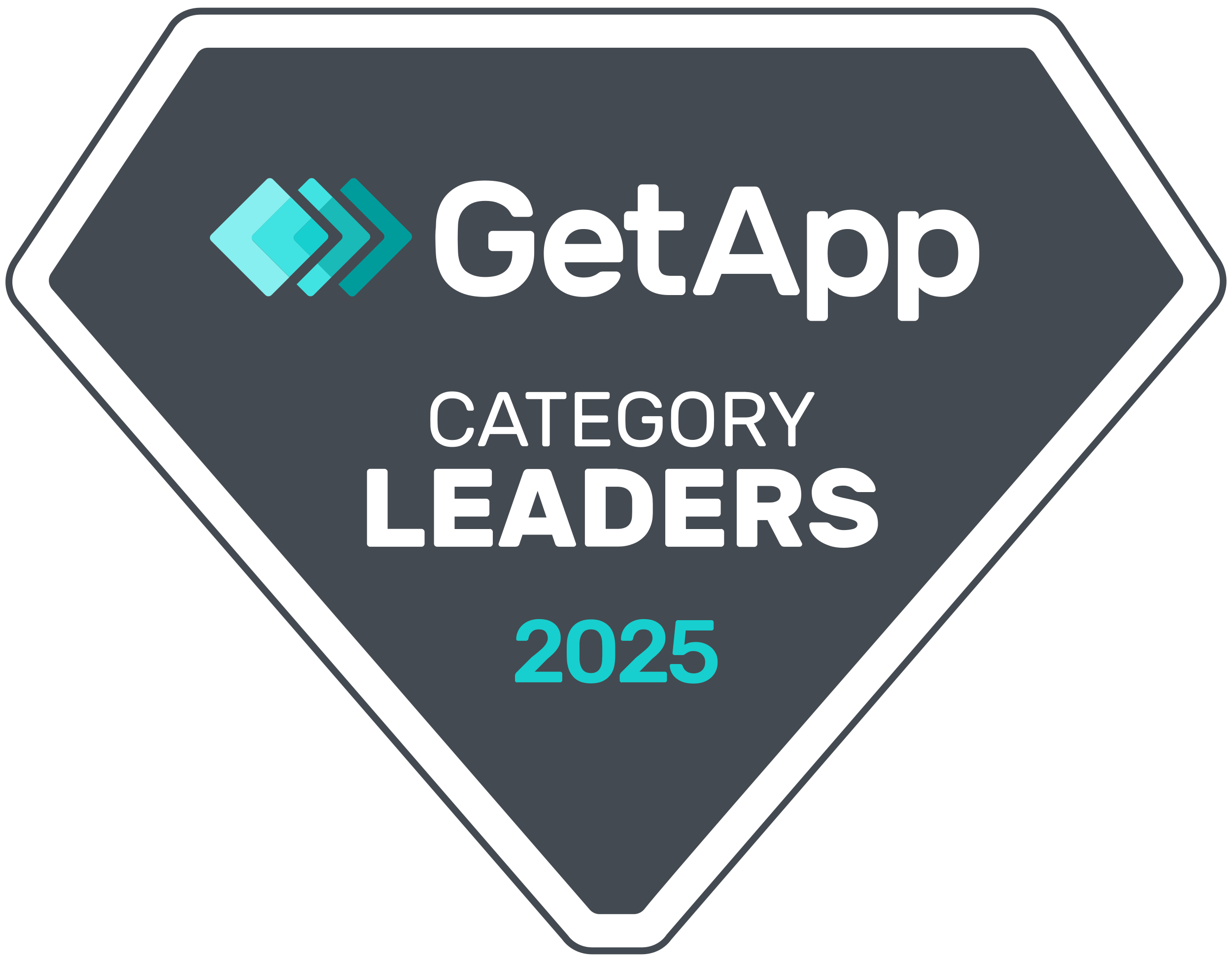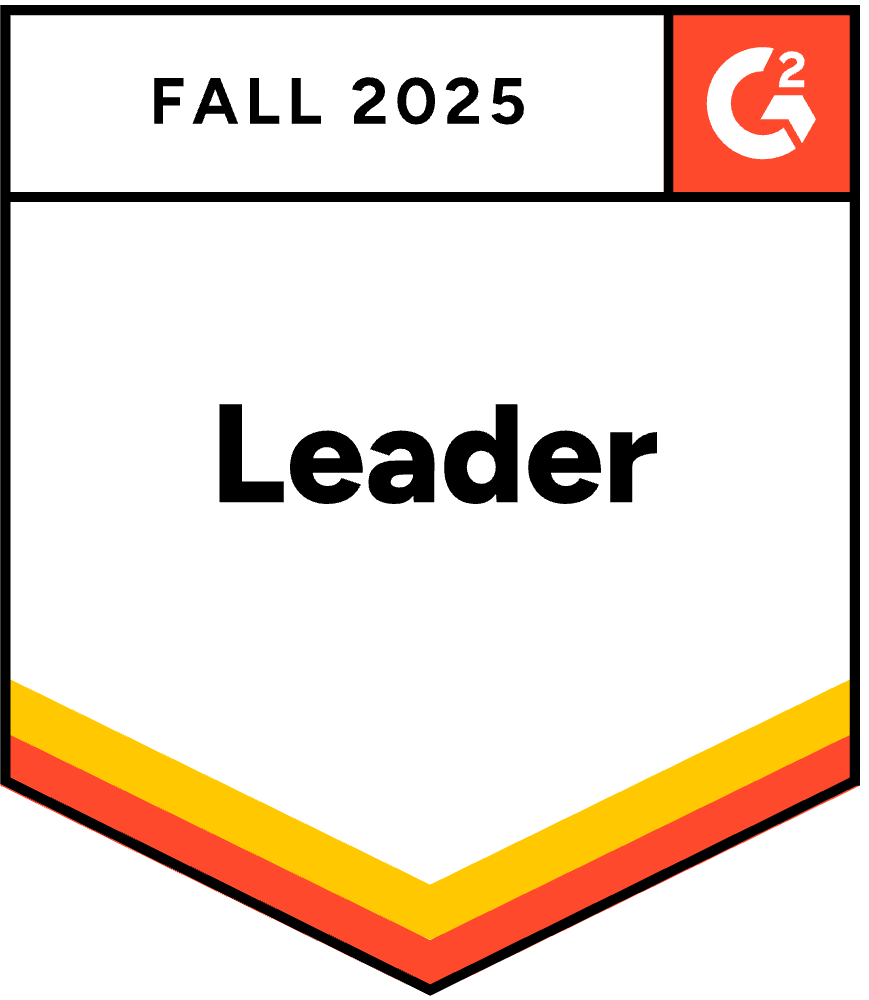Besides the pervasive rise of environmental health risks and infectious disease outbreaks, the global healthcare sector now faces technology-related challenges like cyber threats. For the past decade, healthcare systems across the globe have undergone the digital transformation journey.
But while this major shift led to significant benefits — electronic medical records to telehealth consultations — risks also immensely increased. Some of these risks can be avoided, while others cannot. This is where sophisticated risk management becomes requisite.
Read on to learn more about health care risk management, from the four C’s, relevant certifications, to steps in creating a risk management plan.
What is risk management in healthcare?
Risk management in healthcare refers to the complex set of clinical and administrative systems and processes utilized to identify, monitor, and mitigate risks. This practice enables healthcare institutions to be proactive and systematic in handling not just patient safety and care, but also the firm’s overall function. The risks may involve clinical and patient safety, operational and strategic, human capital, financial, legal, hazard, and technological.
According to the American Society for Health Care Risk Management (ASHRM), “Enterprise risk management (ERM) in healthcare promotes a comprehensive framework for making risk management decisions which maximize value protection and creation by managing risk and uncertainty and their connections to total value.”
Why do healthcare institutions need risk management?
Healthcare institutions regularly face clinical, financial, and regulatory stakes; thus, a need for proper risk management. Mistakes in this sector are riskier than others, as they can directly lead to patient harm, lawsuits, or worse, loss of license to operate.
In Ponemon Institute’s 2024 Cyber Insecurity in Healthcare report, 92% of U.S. healthcare organizations were hit by cyberattacks, causing patient care disruptions. Also, 53% reported an increase in medical procedure complications, while 28% revealed an increase in mortality rate, as a consequence of cyberattacks. With proper risk management, hospitals and clinics can minimize risks that could endanger the patients, including medication errors or hospital-acquired infections.
Escalating financial costs are another reason why risk management is important. According to Statista’s recent study, the ransomware recovery cost for healthcare organizations worldwide reached up to $2.57 million, double the cost of $1.27 million in 2021. Risk management can help healthcare institutions set up cybersecurity protocols and disaster recovery planning to prevent such grave expenses.
What are the 4 C’s of risk management?
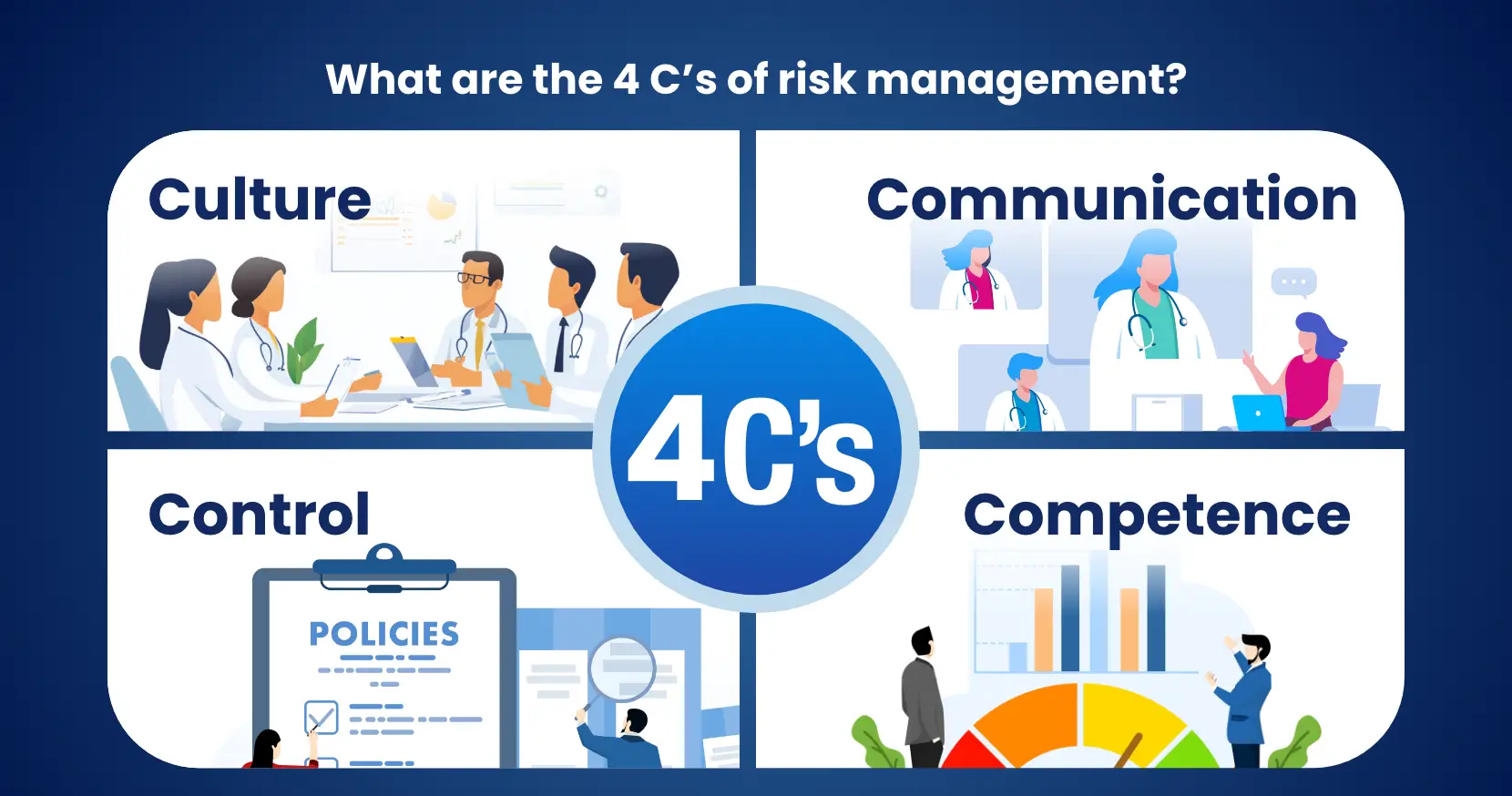
Organizations intending to preserve patient safety and care need to understand these four components of a risk management framework. Learn about how these 4 C’s work and how you can put them into action.
1. Culture
Establishing a culture of risk management is imperative to ensure everyone in the organization is well-informed of risks. This encourages individuals to practice a proactive behavior wherein they can detect and handle potential threats before they turn into a bigger problem. At the same time, this promotes transparency as companies with a strong culture create an environment where such risks are shared openly. Some ways to do so include promoting open communication, ensuring free flow of information through meetings, incentivizing risk-conscious behavior, or assigning risk ownership.
2. Communication
Communication is an integral part of any business aspect, and that includes risk management. If done right, healthcare institutions can carry out successful exchange of risk information and mitigation efforts. This works hand in hand with culture in ensuring risks are handled proactively. One vital step is to also set up regular communication channels where employees can share their insights and report potential risks. It can be through meetings, intranet sites, automated ticketing system, or newsletters.
3. Control
Managing or mitigating risks requires proper control mechanisms that are crucial for reducing risk exposure. Start by establishing clear policies and procedures on how to manage the risks. For instance, you can create an infection control policy that mandates the appropriate use of personal protective equipment (PPE) for different patients. It’s also ideal to have monitoring systems to keep track of risk indicators and conduct regular audits to assess issues like dose discrepancies, incomplete medication lists, documentation errors, or omission errors.
4. Competence
Having the right skills, knowledge, and expertise is imperative in addressing risks successfully. In short, competence is a critical aspect of healthcare risk management. Investing in risk management training for healthcare or development programs can help drive competence within the team. Additionally, healthcare risk management certification programs, like those offered by the American Society for Healthcare Risk Management (ASHRM) or the American Health Information Management Association (AHIMA), can improve one’s competence in handling even complex risk scenarios.
What is the role of risk manager in healthcare?
The role of risk manager in healthcare particularly revolves around the assessment, mitigation, and handling of threats to healthcare institutions. Such threats can come from various forms such as medical, legal, financial, operational, and even human resources. Risk managers function to help keep clinicians, staff, and most importantly, patients safe from those threats. In general, their responsibilities may include:
- Creating a risk management plan based on the specific requirements of the healthcare organization they work for.
- Investigate past incident reports to formulate better strategies for future risks.
- Detect and report all kinds of potential risks at the institution.
- Draft new (or improved) policies and procedures for risk mitigation.
- Drive risk management certification healthcare programs, or training to improve the skill set and knowledge of employees.
How to become a healthcare risk manager?
There is actually no direct path to health care risk management. Individuals who are aiming to work as risk managers often begin in career related to business, legal, insurance, financial, clinical, and medical disciplines. Others also come from areas such as health law and pharmaceuticals.
Existing members of a healthcare organization, specifically quality assurance staff, compliance officers, physicians, and nurses, may also transition to risk management. Their firsthand knowledge of clinical workflows, patient safety concerns, and operational issues makes them suitable for the role. In most cases, institutions prioritize promoting internal candidates who already know the firm’s culture and processes over hiring new ones.
Some educational institutions also offer degrees in healthcare administration, such as a Bachelor of Science in Healthcare Administration (BSHA) or a Master of Healthcare Administration (MHA). While these are typically centered on healthcare delivery and patient care, they can be a good foundation for those looking to be a healthcare risk manager.
What are the areas of risk management in healthcare?
Health care risk management primarily focuses on identifying potential threats that could harm the institution’s operations, staff, and patients. But in order to effectively create a safe healthcare environment, it is vital to first identify the risk areas that your organization should look into. The most common areas of risk management in healthcare include:
Clinical Risk Management
This area of healthcare risk management focuses on patient safety and care quality. Clinical risk management involves the investigation of unexpected incidents or medical errors and the prevention of such errors from happening again. This is imperative, specifically for medication errors, which are the usual cause of patient harm. The National Center for Biotechnology Information (NCBI) reports that about 50% of all medication errors occur during the prescribing, ordering, and administration phases.
Operational Risk Management
Risks related to organizational operations fall into this category. This may include improper medical documentation, equipment failures, supply chain errors, workforce shortage, and even poor communication. This can also help prevent mismanagement of resources and systems, like patient record errors or admission delays.
In recent news, NHS England reported 3,915 equipment malfunction incidents of which 87 resulted in death between 2022 and 2025. Numbers are expected to be higher as many incidents are believed to be missing information or unrecorded. Proper risk management cannot only prevent issues like equipment malfunctions but also avoid patient fatality.
Strategic Risk Management
This area is all about integrating risk assessment into the healthcare institution’s strategic process. Strategic risk management allows healthcare organizations to identify vulnerabilities and mitigate threats that could endanger patient safety and medical care. The strategic planning process is typically driven by the board members and senior executives. This can also help the institution to align its risk appetite with strategic goals, as well as improve its ability to anticipate and respond to threats.
Technological Risk Management
Medical technology also comes with risks that usually impact the operations, finances, and reputation of many clinics and hospitals. Technological risk management allows institutions to prevent or look into failures in their systems, like medical imaging machines and data storage units.
One study found that at least 759 U.S. hospitals experienced network disruptions tied to a 2024 CrowdStrike outage. Out of the 1098 reported outages, 21.8% were patient-facing services, including imaging platforms, prehospital medicine health record systems, patient transfer portals, and staff portals for accessing patient records.
At the same time, many medical systems are now moving into cloud-based infrastructure, may it be for storage, telemedicine, or AI diagnostics. This, however, presents new vectors of risk like data breaches, unauthorized access, and misconfiguration. Reports suggest that a ransomware attack can cause disruptions to medical operations, leading to stroke code activations nearly doubling (from 59 to 103) and cardiac arrests rising to an 81% increase.
6 Best Healthcare Risk Management Certifications
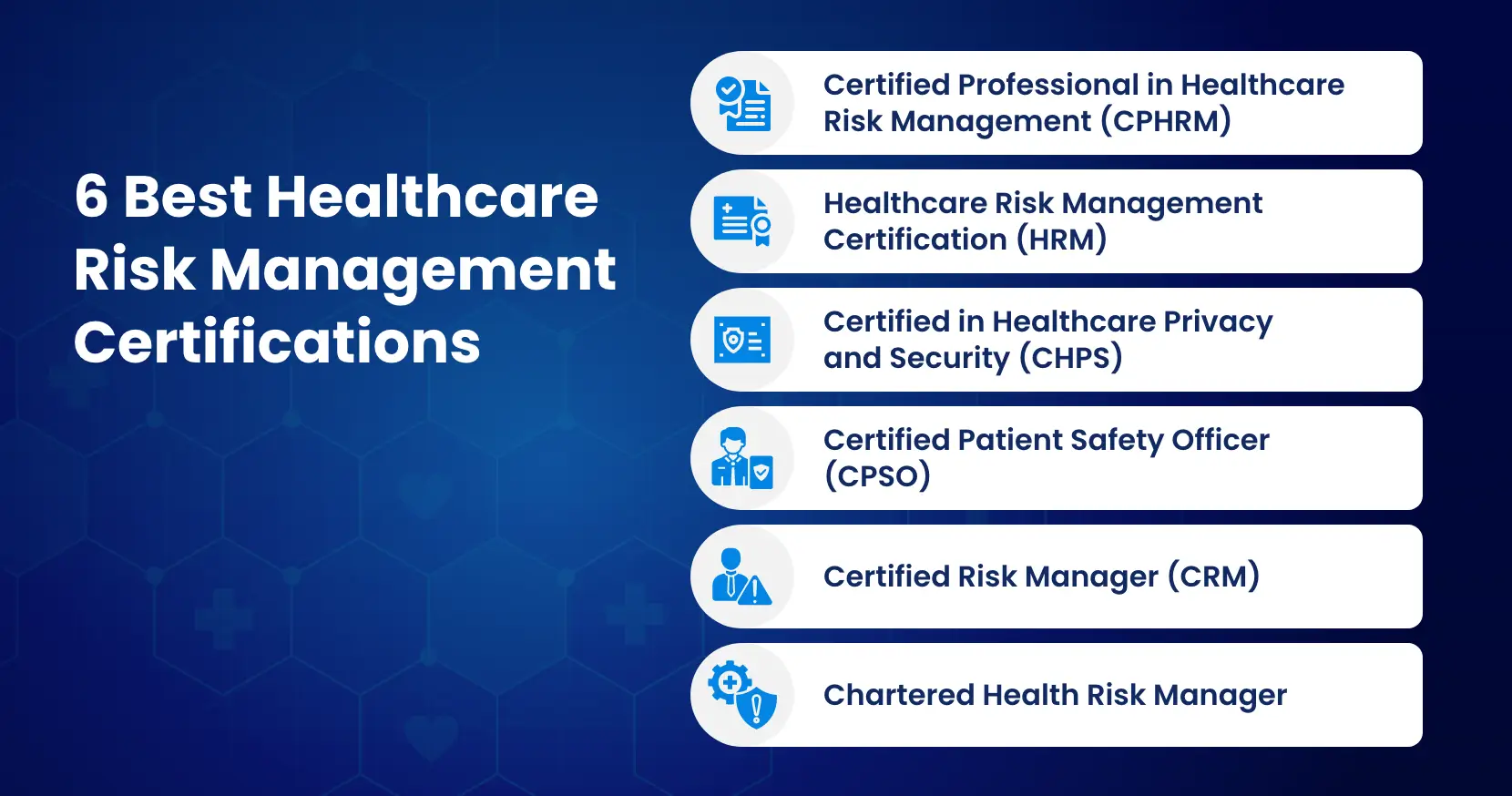
Healthcare institutions are constantly under pressure to manage risks on patient safety, operations, and technology all at once. Certifications in healthcare risk management equip both organizations and their members with structured knowledge, tools, and credibility to mitigate and respond to such risks effectively. Find out the top healthcare risk management certifications to acquire.
1. Certified Professional in Healthcare Risk Management (CPHRM)
The Certified Professional in Health Care Risk Management (CPHRM) is a top-tier certification and prerequisite for many jobs in the industry. The exam covers topics related to health care risk management, such as risk identification and mitigation, clinical patient safety, risk financing, claims and litigation, and legal and regulatory. The AHACC offers preparation guides and resources, and a 110-question practice exam.
Provider: American Hospital Association’s Certification Center (AHACC)
Eligibility: Bachelor’s degree or higher plus five years of experience in the healthcare industry, associate degree plus seven years of experience, or high school diploma plus nine years of experience.
Cost: $275 for ASHRM members; $425 for non-members
2. Healthcare Risk Management Certification (HRM)
The Healthcare Risk Management Certification (HRM) Program is a three-part foundational course, including (module 1) essentials in health care risk management, (module 2) applications in health care risk management, and (module 3) advanced forum in health care risk management. Topics may include risk analysis and control, enterprise risk management, compliance and privacy, and even leadership skills. The risk management certification healthcare will be awarded to those who complete all three modules.
Provider: American Society for Health Care Risk Management (ASHRM)
Eligibility: Professionals with less than five years of experience in health care risk management
Cost: N/A (contact provider for program cost)
3. Certified in Healthcare Privacy and Security (CHPS)
The Certified Healthcare Privacy and Security (CHPS) is ideal for individuals looking to work as risk managers, consultants, or in senior roles like Chief Privacy Officer and Chief Information Security Officer in hospitals or clinics. The exam encompasses a total of 150 questions covering topics in privacy management and security protection, particularly related to Health Information Management (HIM).
Provider: American Health Information Management Association (AHIMA)
Eligibility: High school degree with a minimum of six years experience in healthcare privacy or security, associate degree with minimum of four years experience, bachelor’s degree in relevant field with minimum of two years experience, or master’s degree or higher with minimum of one year experience.
Cost: $259 for AHIMA members; $329 for non-members
4. Certified Patient Safety Officer (CPSO)
The Certified Patient Safety Officer (CPSO) is a certification program focused on patient safety, covering issues such as clinical risks, emergency management, patient care challenges, and so on. Besides patient safety, credential holders typically come from other healthcare backgrounds, such as risk management, nursing, and clinical services.
Provider: Different healthcare safety organizations
Eligibility: Varies depending on the chosen provider
Cost: Application usually starts at $145, while the exam is around $250
5. Certified Risk Manager (CRM)
The Certified Risk Manager (CRM) is a program with a designation requirement of five courses to be completed. These courses include (1) Principles of Risk Management, (2) Analysis of Risk, (3) Control of Risk, (4) Financing of Risk, and (5) Practice of Risk Management. There will also be a final exam for each course.
Provider: The National Alliance for Insurance Education & Research
Eligibility: Open to all risk professionals (not healthcare-specific)
Cost: Approx. $495 per course
6. Chartered Health Risk Manager
The Chartered Health Risk Manager course covers topics ranging from public health risk assessment, crisis response, emerging health threats, and regulatory compliance. It offers advanced expertise in health risk management, including risk identification, prevention, and mitigation strategies.
Provider: International Certification Centre (ICC)
Eligibility: With prior professional experience; Available for healthcare professionals, hospital administrators, public health officers, occupational health and safety managers, and more.
Cost: N/A (contact provider for program cost)
*Kindly note that eligibility and exam costs may change. We recommend contacting the provider directly for the complete and most up-to-date details before applying.
How to Create a Healthcare Risk Management Plan
Every healthcare organization needs a risk management plan that guides how risks are identified, managed, and mitigated. While the format of a risk management plan varies, there are some general steps
1. Identify the potential risks
The first step is to determine the potential risks your healthcare organization is likely to encounter. You can do so by interviewing various departments (from finance to IT) to get insights into the past threats they faced. Conduct a Root Cause Analysis (RCA) to analyze those past threats and incident reports. Or, you can carry out a Failure Mode and Effects Analysis (FMEA) to spot inefficiencies in clinic or medical processes before they even surface.
2. Analyze and categorize risks
Once you know what the risks are, you need to assess and categorize them by likelihood and severity to prioritize mitigation efforts. You can do this qualitatively or quantitatively. For qualitative risk analysis, this is done by the risk manager, with the risks labelled as low (less than 30% chance of occurring), medium (30% to 70%), or high (more than 70%). A quantitative risk analysis, on the other hand, uses a number scoring system (1-5 scale) to categorize the severity of each risk’s impact.
3. Draft a risk response and recovery plan
Next, you will need to define how your organization will respond to the risks. It is ideal to set up both mitigation (precautionary) and contingency (reactionary) measures. In mitigation, you will reduce the likelihood of the risks occurring by modifying your systems, processes, and workflows. This typically involves implementing physical or administrative controls and assigning risk owners for procedural compliance. On the other hand, your contingency measures will help minimize the impact and extent of damage if the risk materializes. Some steps to consider include identifying escalation paths, documenting response procedures, and formulating remedial actions.
4. Communicate and monitor
A working risk management plan is a plan that everybody in the team knows. Make sure your team understands not just the risks, but the controls and responsibilities involved. You can implement internal reporting or monthly risk board reviews, conduct role-specific risk management training for healthcare (e.g., phishing response for clinicians), or create policy documentation. It is also recommended to regularly revisit your risk management plan to find out what works and what doesn’t.
Convene Board Portal: Powering Smarter Risk Management for Healthcare Organizations
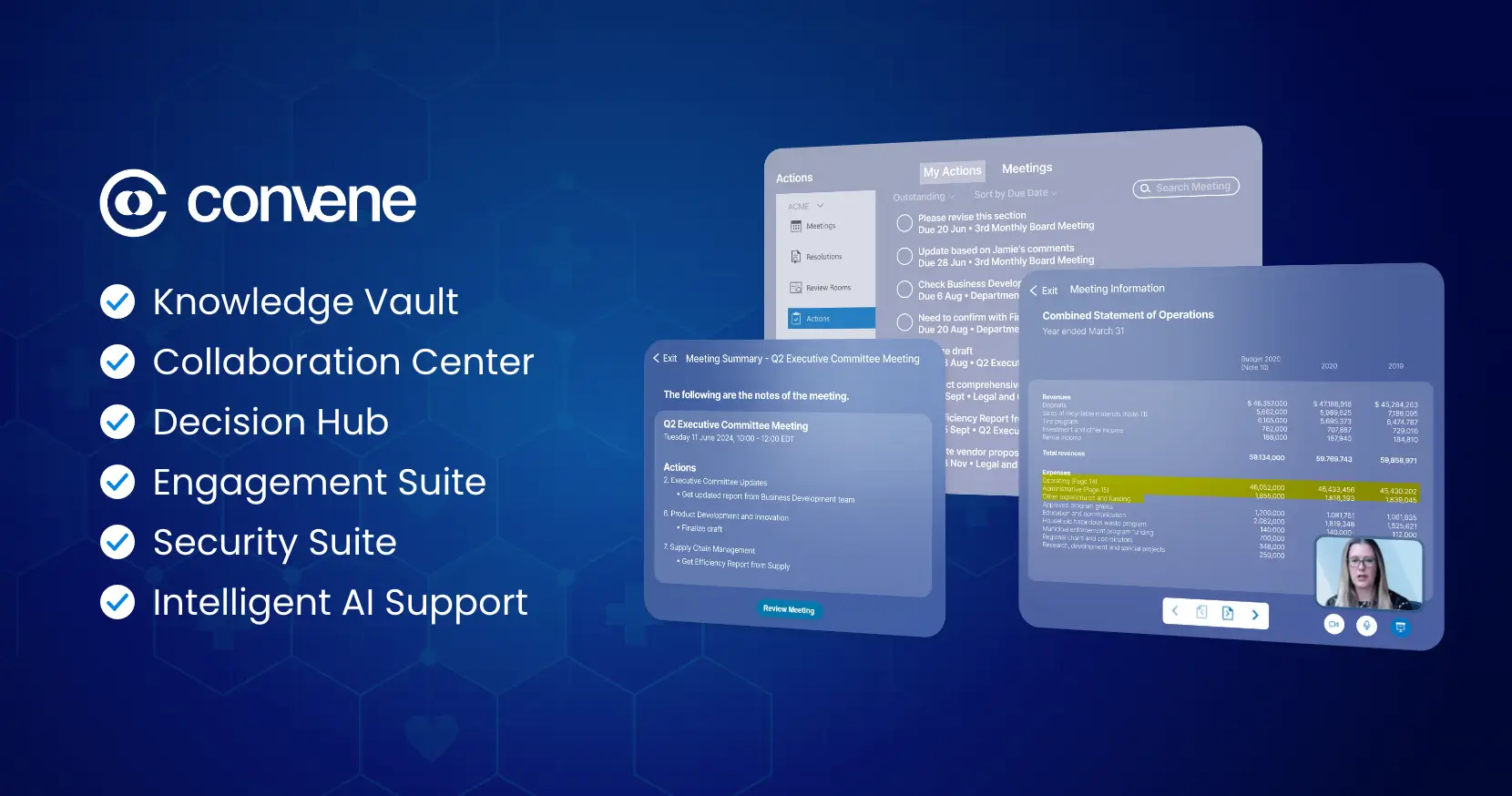
Healthcare organizations face all kinds of risks to patient safety and data security. But these risks have become more advanced in recent years. A board portal can help healthcare organizations assess and mitigate such threats, and even implement an effective risk management process.
Convene board portal aims to empower healthcare organizations with advanced tools to drive effective risk oversight and smarter decision-making. Its features can help handle confidential information securely, streamline workflows, and enhance collaboration. With Convene board portal, your healthcare organization can gain access to features like:
- Knowledge Vault: Convene’s Document Library is where you can securely store, organize, and access critical healthcare policies, risk reports, and compliance documents anytime, anywhere.
- Collaboration Center: Convene’s Review Room gives your team the ability to review and comment on risk management documents in real-time, promoting transparency and a thorough evaluation process.
- Decision Hub: Want to simplify approvals on critical risk measures? Voting and Resolutions features provide you with a secure digital voting space while ensuring swift consensus.
- Engagement Suite: Conduct smoother risk review meetings with Live Meeting Tools like shared annotations and laser pointer tool. Taking meeting minutes and notes is also available to ensure all risk management decisions are well-documented.
- Security Suite: Keep your confidential healthcare data safe with Convene’s end-to-end encryption, multi-factor authentication, detailed audit trails, and compliance with standards like ISO 27001 and HIPAA.
- Intelligent AI Support: Organizing and conducting medical meetings is now easier than ever. Get access to automated meeting summaries and intelligent companion for reviewing past decisions and files. Learn more about Convene AI.
See how Convene board portal can help with your risk management activities. Request a demo today!
Jielynne is a Content Marketing Writer at Convene. With over six years of professional writing experience, she has worked with several SEO and digital marketing agencies, both local and international. She strives in crafting clear marketing copies and creative content for various platforms of Convene, such as the website and social media. Jielynne displays a decided lack of knowledge about football and calculus, but proudly aces in literary arts and corporate governance.


